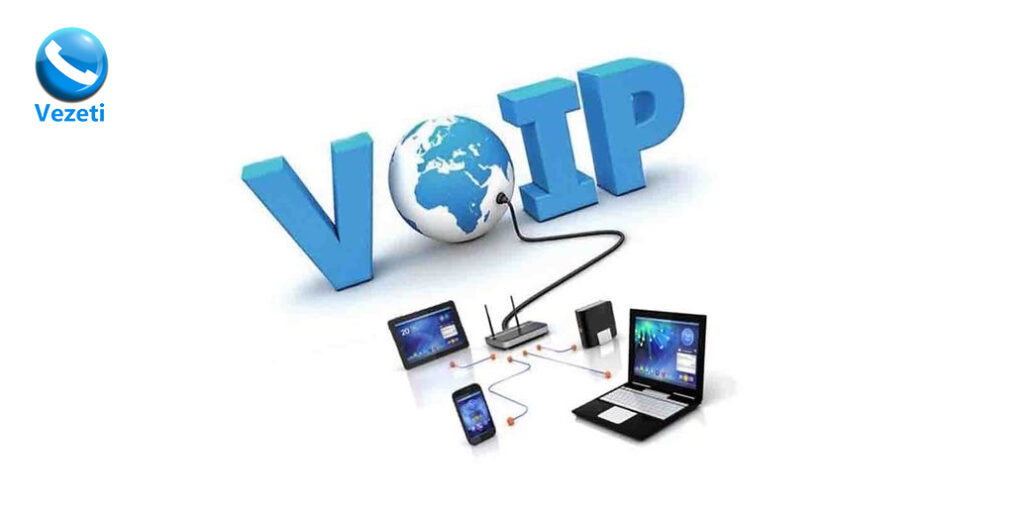HISTORY AND EVOLUTION
Definition Of VOIP
VOIP is an acronym for Voice Over Internet Protocol. The two words Internet Protocol (IP) stand for the method through which users send data from one computer to another over the internet. In common terms, Voice Over Internet Protocol (VOIP) means telephone calls over the internet, because it allows users to route telephone calls through the internet. It works by converting voice signals into digital data (or internet packets) that can travel over the internet through cables, DSL, or fiber optic from one IP address to another. This means users do not need a physical telephone system with them.
Brief History and Evolution
VOIP as an aspect of telecommunications is a phenomenon as it has modified the industry dramatically by altering the skewness of the deployed telephone system which was then positively skewed towards the legacy private branch exchange (PBX) reliant phone system –– The Public Switch Telephone Network PSTN commonly called the landline.
In 1973, the first VOIP system was deployed as part of an experimental program designed for the US Department of Defense by the Advanced Research Projects Agency Network (ARPANET). This project, though it established the fundamentals of VOIP’s further evolution was only the basics.
As the demand for business telephone networks soared, it placed measurable importance on the development of VOIP, this led to the resumption of the remarkable growth of this communication system towards the end of the 1980s. Interestingly, this unfettered VOIP growth was catalyzed by the growth of personal computers PCs in the previous decades.

Continuous Growth and Development
In 1986, VocalTec developed the first known VOIP application (Internet phones software) with voicemail application, providing a quantum leap for the momentous acceleration of the technological advancement of VOIP, though at this stage the service was marked with disruptions and inconsistencies
In 1989, an eventful milestone was reached in the technological advancement of ICT, this was the development of hypertext transfer protocol (HTTP), a client application used in transferring data over the web. HTTP is the foundation for data communication for the World Wide Web. This facilitated the increased development of VOIP as internet-based telephony.
Sequel to VocalTec’s successful development of the first known internet softphone, Microsoft NetMeeting also in the same 1986, the company went on to widen the applicability and capabilities of VOIP, enabling computer-to-telephone and telephone-to-telephone.
As of 1998 end, there was only 1% global VOIP usage. The challenges of having to keep with messages from advertisers who sponsored the development of the system made it uninteresting. But even at this time, manufacturers were working on more advanced telephone systems and gadgets that eventually took advantage of the high speed, improved quality, and cost-effectiveness/efficiency of the VOIP system.
In the process of time, more companies made their routing equipment VOIP-enable by introducing a VOIP interface and /or add-ons in order to take advantage of this indispensable business booster. This in turn made VOIP accessible and attractive to potential users, and by 2003, VOIP calls accounted for 25% of all voice calls. This was phenomenal. This milestone came on the back of immense growth in the availability of broadband ethernet services which delivered greatly improved call quality and stable connectivity. This empowered users to Multitask; browsing, gaming, and calling simultaneously without affecting the quality of the connection.
The Turning Point
One major milestone in the growth and development of VOIP has been in the making of equipment that enabled users to switch over to voice data from the internet to information which the telephone networks would recognize. This was a task that was formerly handled by the CPU of the connected computer but is now handled by the VOIP system hardware itself. The development of this switch system hardware meant VOIP offers consumers the opportunity to make cost-effective and efficient calls, including long-distance, a development that created a mass market for VOIP.
The advent of software such as skype brought another wave of revolution to VOIP which not only became a beneficial global telecommunications integer but also an impeccable means of mass communications.
Presently, more and more businesses and organizations are experiencing exponential growth and unfettered development as they take advantage of the ever-growing VOIP features and functionalities, creating flexible, adaptable, and scalable Unified Communications hubs, and exploring more technological advancement with VOIP. And with the increasing applicability of Artificial Intelligence AI, the VOIP market development outlook is good.





